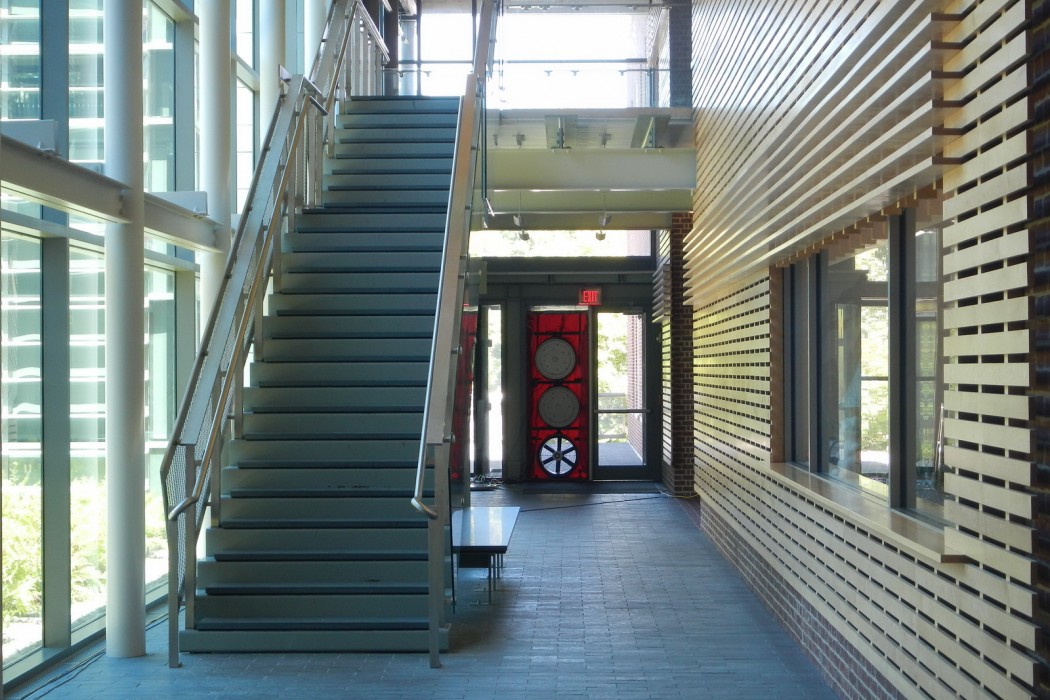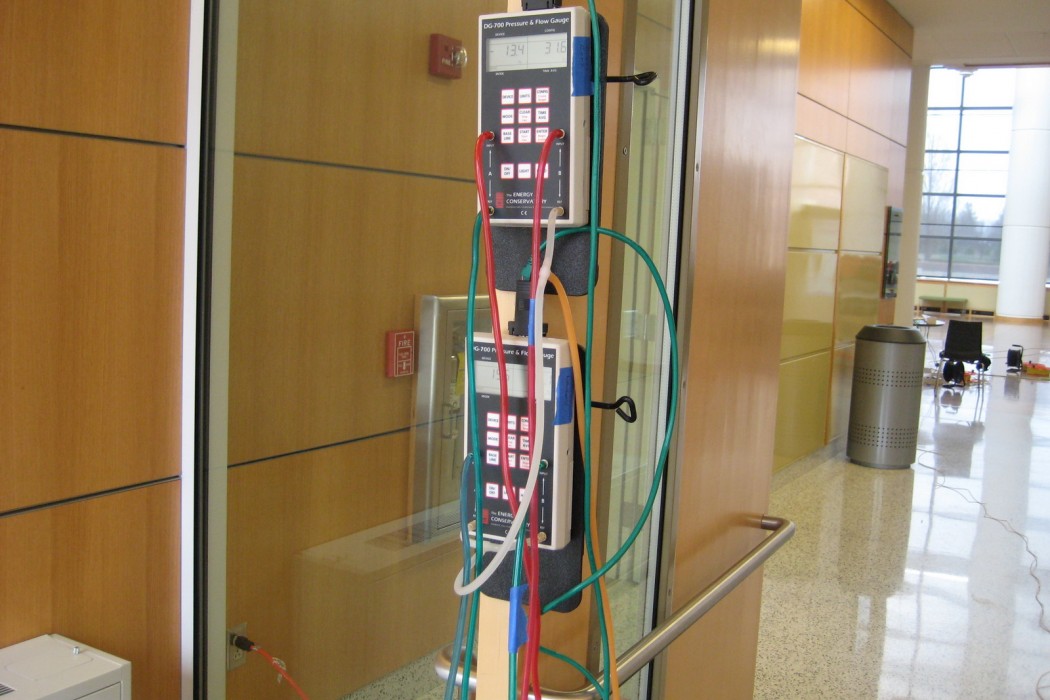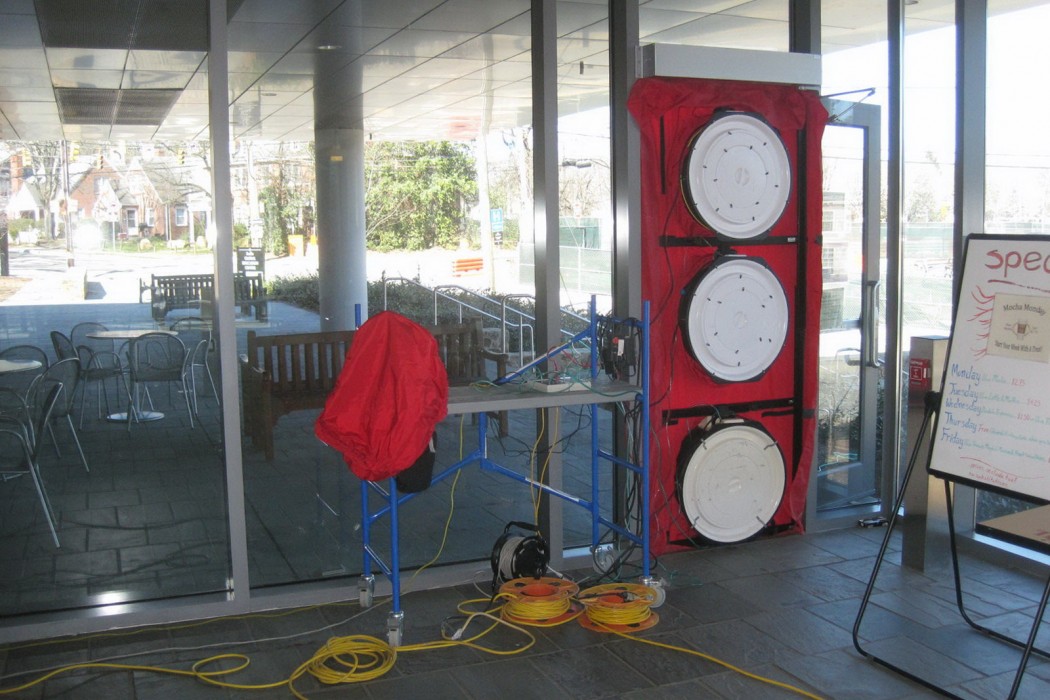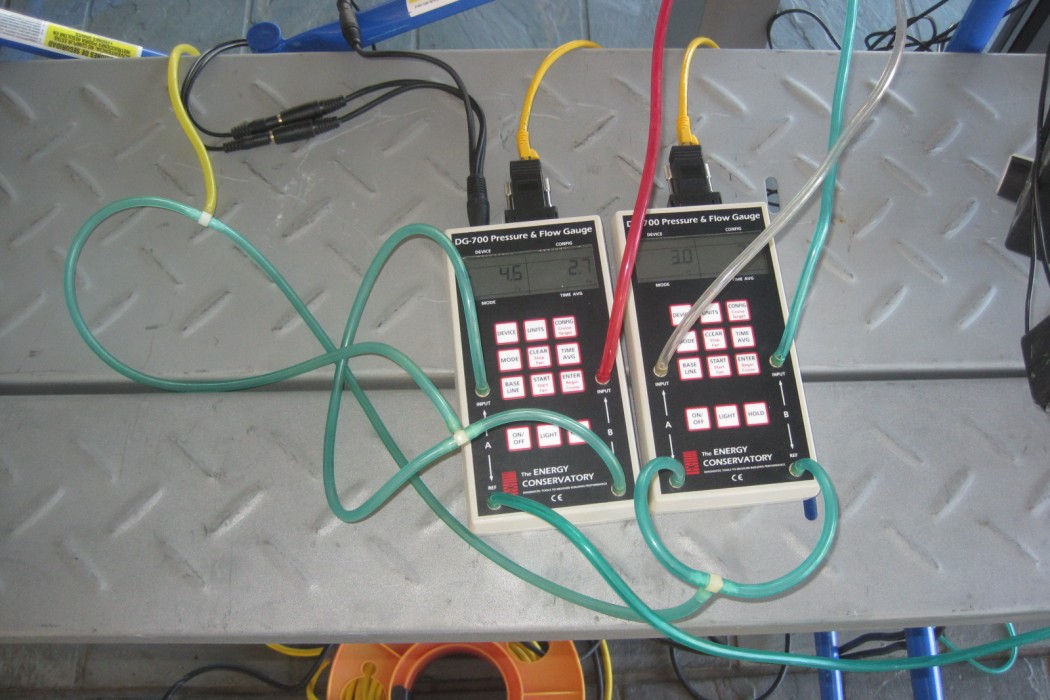WJE PROJECTS
ASHRAE 1478-RP
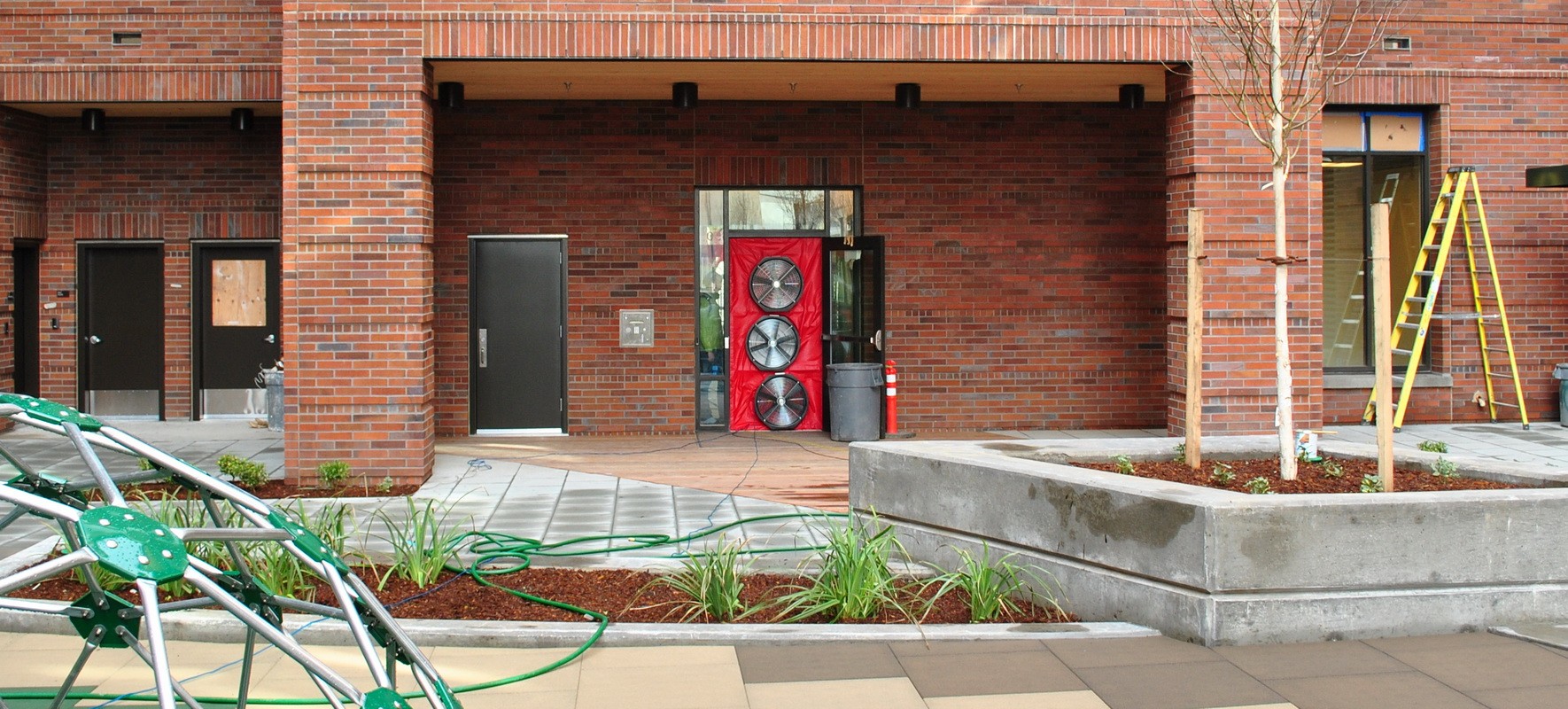
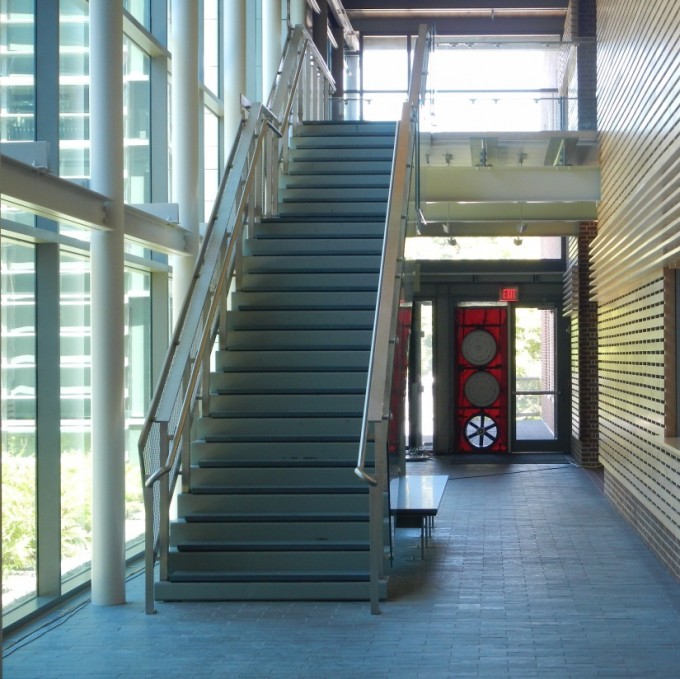
CLIENT |
Society of Heating, Refrigerating and Air-Conditioning Engineers |
LOCATION |
Various Locations |
Airtightness Testing of Mid- and High-Rise Non-Residential Buildings
WJE as principal researcher, provided project management, identification of the buildings to be tested, test preparation, testing support, and analysis of results. In addition to the proposed new test procedure, WJE was involved with testing of HVAC-related air leakage, the investigation of leakage locations, understanding the importance of design and construction phase enclosure consultants, understanding the error associated with surface area calculations, and other additional tests.
BACKGROUND
In the past, the residential sector has been the focus of air tightness testing. Recently, Emmerich and Persily (2005) summarized the leakage data of over two hundred non-residential buildings in the United States. However, there were only eleven buildings in this data set greater than three stories tall, and none of these were erected after 1990. The ASHRAE Handbook only contains the measured data of buildings greater than three stories tall built before 1986. There is clearly a lack of knowledge on the air-tightness of newly constructed mid- to high-rise buildings. The ASHRAE 1478-RP project is intended to fill a knowledge gap in the airtightness data base for recently constructed mid-rise buildings.
SOLUTION
The project involved measuring sixteen buildings between four and fourteen stories built since the year 2000. Tested buildings were located in climate zones two through seven of the International Energy Conservation Code (IECC) Climate Zone Map, and some were designed to have a sustainable label. A subset of the buildings was designed with an enclosure consultant and quality assurance program. Based on existing air-tightness testing protocols, including ASTM E779 and the US Army Corps of Engineers Protocol, a testing procedure was created specifically for mid-rise commercial buildings. The results of these tests range from 0.06 to 0.74 CFM/ft2 of surface area. Eight buildings are below the US Army Corps air tightness standard of 0.25 CFM/ft2 @ 75 Pa. Air leakage through HVAC penetrations in the buildings was also examined and found to be significant. This topic is worthy of further research.
RELATED INFORMATION
-
 We utilize experienced professionals and state-of-the-art modeling and analysis techniques to... MORE >Services | Building Enclosure Testing
We utilize experienced professionals and state-of-the-art modeling and analysis techniques to... MORE >Services | Building Enclosure Testing -
 Clients turn to us when they need a firm that fully understands the aesthetic and functional... MORE >Services | Building Enclosures
Clients turn to us when they need a firm that fully understands the aesthetic and functional... MORE >Services | Building Enclosures -
 Whether investigating a specific project challenge or collaborating with government agencies on... MORE >Services | Research
Whether investigating a specific project challenge or collaborating with government agencies on... MORE >Services | Research -
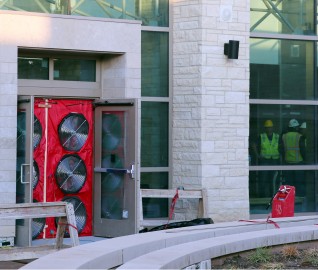 WJE has in-house equipment and capabilities to perform quantitative air leakage testing for... MORE >Services | Whole Building Air Pressurization Testing
WJE has in-house equipment and capabilities to perform quantitative air leakage testing for... MORE >Services | Whole Building Air Pressurization Testing




































